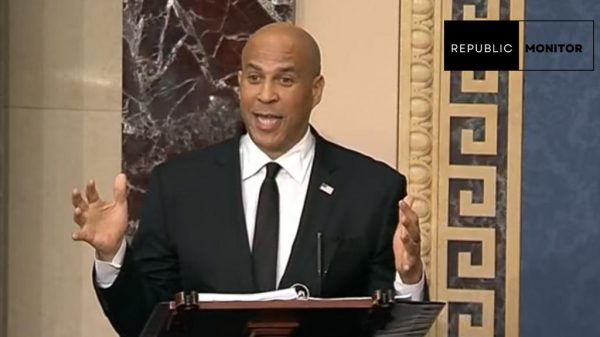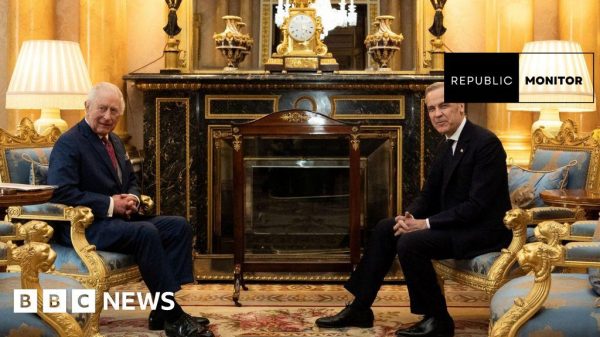In a decisive move, the U.S. military conducted targeted strikes on three facilities in Iraq on Tuesday, aimed at an Iranian-backed militia group. Defense Secretary Lloyd Austin confirmed the strikes, emphasizing that these actions were in response to recent missile and drone attacks on American troops in Iraq and Syria.

Following attacks, the United States strikes Iranian-backed militia facilities in Iraq.
Escalation of Attacks
The U.S. strikes come on the heels of escalating hostilities, with militants firing two one-way attack drones at al-Asad Air Base, resulting in injuries to U.S. service members. Earlier, the militia launched multiple ballistic missiles at the same air base in what Defense Secretary Austin referred to as a series of “escalatory attacks.”
Targets and Rationale
The targeted facilities included locations in Jurf al-Sakhar, south of Baghdad, al-Qaim, and another site in western Iraq. These strikes specifically aimed at hampering the rocket, missile, and drone capabilities of the Iranian-backed Kataib Hezbollah militia group and other affiliated entities.
Presidential Authorization
The statement from Defense Secretary Austin highlighted that the strikes were conducted at the direction of President Biden. The precision of the strikes indicates a commitment to proportionate measures in response to the attacks on U.S. and coalition personnel.
Recent Drone Attacks
The decision to conduct these strikes followed a drone attack on al-Asad Air Base, where U.S. defenses intercepted one drone, while the other caused damage upon impact. The injuries sustained by U.S. service members during this attack were reported to be minor.
Concerns Over Militia Activities
The U.S. Central Command stated that the strikes focused on militia facilities involved in rocket, missile, and drone activities. Secretary Austin emphasized the necessity of these actions to address the escalating threats posed by Iranian-sponsored militias in the region.
Historical Context
This latest round of attacks adds to the complexity of the situation in the region, with a coalition of militias, known as the Islamic Resistance in Iraq, claiming responsibility for various assaults on U.S. forces. Kataib Hezbollah, part of this coalition, has been implicated in multiple attacks.
International Ramifications
Tensions between the U.S. and Iran have been a longstanding issue, and the recent events amplify concerns about regional stability. The use of ballistic missiles in the attacks represents a significant escalation, underscoring the challenges in managing geopolitical dynamics in the area.
Looking Forward
As the situation unfolds, the international community will be closely monitoring developments, with a focus on de-escalation efforts and diplomatic initiatives. The U.S. strikes serve as a response to the immediate threat but raise broader questions about the long-term stability of the region.
















